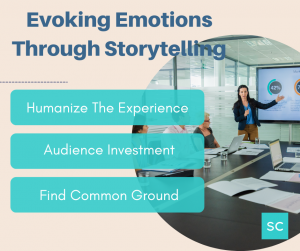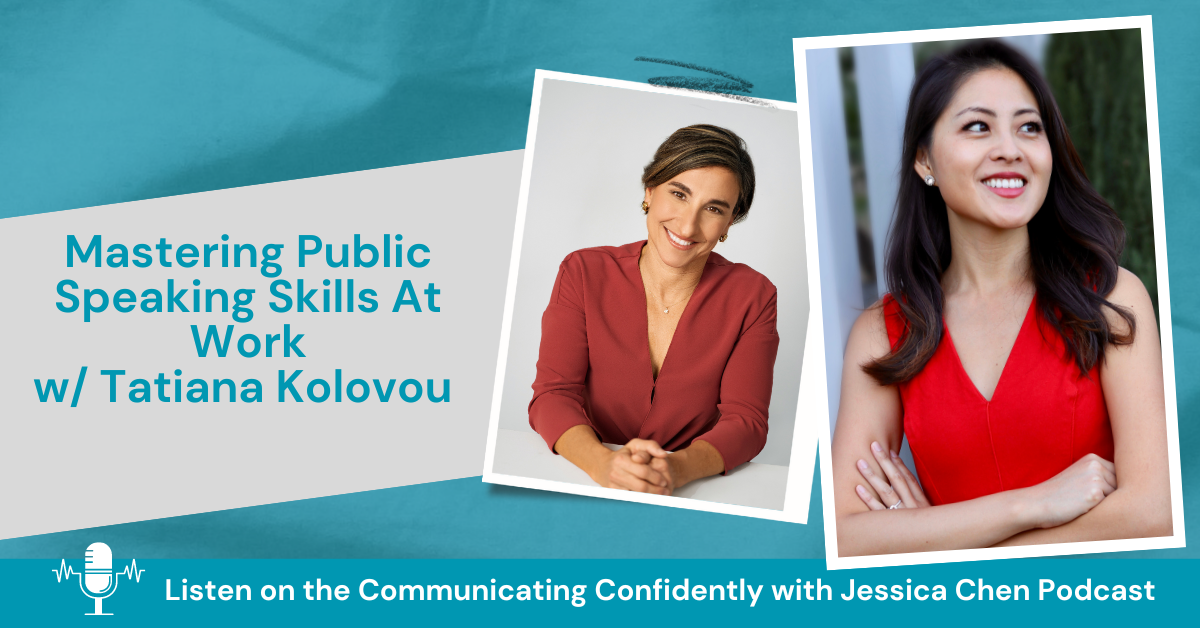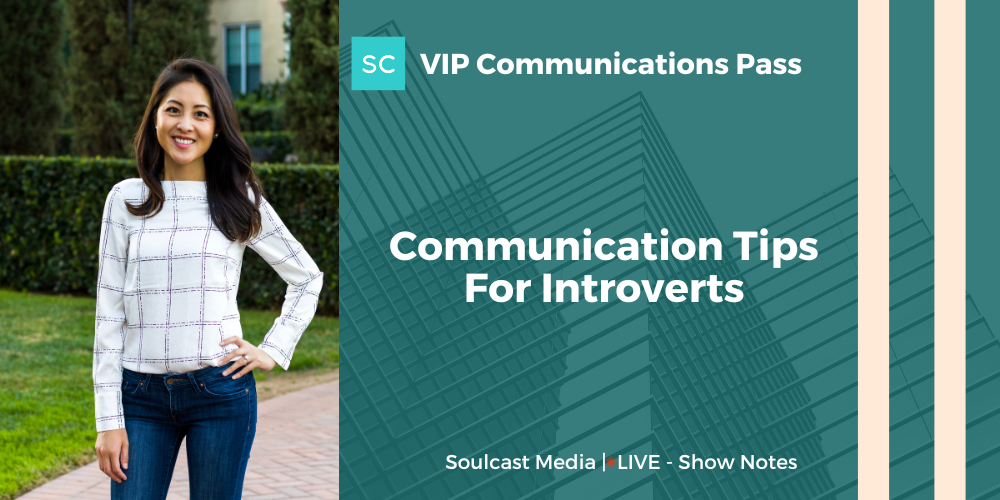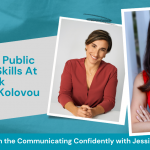Storytelling In Presentations
Presentations don’t have to be dry and boring at all! In fact, they can be super informative, interesting, and even downright inspiring if we approach them the right way.
There’s this recent study that revealed people’s brains light up like fireworks when they hear stories. Stories trigger emotions, create mental images, and, most importantly, they help us remember things more effectively.
The beauty of storytelling is that it connects us on an emotional level. When you share relatable experiences, struggles, or even triumphs, your audience becomes invested in what you have to say.
1. The Flow
Creating a memorable presentation means we first need an outline. We need to structure our presentations like a story. The beginning grabs attention our audience’s attention, the middle keeps the momentum going, and the end leaves our audience wanting more.
Consider the following:
- Beginning – We need to give our audience the right context right from the beginning. We’ve got to set the stage, make them feel at ease, and let them know what they’re in for. Think of it like starting an epic story. We want an exciting opening line that makes their eyes widen with curiosity. It could be a surprising fact, a thought-provoking question, or even a little teaser of what’s to come.

- Middle – The middle of our presentation is where all the action happens.We share all the nitty-gritty details, introduce the key players in our story, and let them in on the challenges we faced. It’s like painting a vivid picture with words. It’s all about being authentic and transparent.
- End – The ending is where the pieces of our story puzzle finally come together. It’s where we tie everything together, reveal our solutions, and leave our audience excited to take action.
When our presentations flow seamlessly, it’s like we’re inviting people into our thought process. It’s like taking them on a journey through our ideas and insights.
2. Evoke Emotions
Storytelling lets us connect with our audience on a deep emotional level. It’s not just about telling tales for fun – it’s about making our audience feel exactly how we want them to feel.
Consider the following:
- Humanize The Experience – When we humanize our experiences through storytelling, it’s like we’re inviting our audience to step into the shoes of those we’ve helped. They start to empathize, to feel the struggles and the triumphs. It’s a connection that goes beyond numbers and features – it’s about real people and real lives.

- Audience Investment – When we tell stories with stakes and emotions, it’s like we’re inviting our audience into our world. They become emotionally invested in our journey, eager to see how it all unfolds.
- Common Ground – When we share our stories, it’s like we’re inviting our audience into our world. They step into our shoes, and suddenly, they can totally relate to what we’ve been through. It’s like, “Hey, I’ve been there too!” The next time we’re crafting our presentation, let’s remember the power of relatable storytelling. Let’s find those shared experiences, those little nuggets of common ground, and weave them into our story. It’s like breaking down barriers and bringing our audience closer to us. And when we do that, our message becomes even more meaningful and impactful.
Storytelling is not just about the facts; it’s about making our audience feel something. By doing that, we guide them, we inspire them, and we leave a lasting impression.
The next time we’re prepping for a presentation, let’s keep in mind this fantastic opportunity we have. It’s not just about conveying information; it’s about creating an experience that resonates with our audience. We want them to leave feeling enlightened, inspired, and grateful for the adventure we’ve taken them on.
__
Whenever you’re ready, there are 3 ways we can help you:
- Discover your communications style so you know where to start. Over 4,000 people have found theirs here.
- Attend our monthly communication workshop to build communications confidence (new topics: public speaking, advocating for yourself, building credibility, etc) here.
- Get your brand in front of 43k+ people by sponsoring our newsletter or Soulcast Media | LIVE LinkedIn events [contact: hello@soulcastmedia.com]











